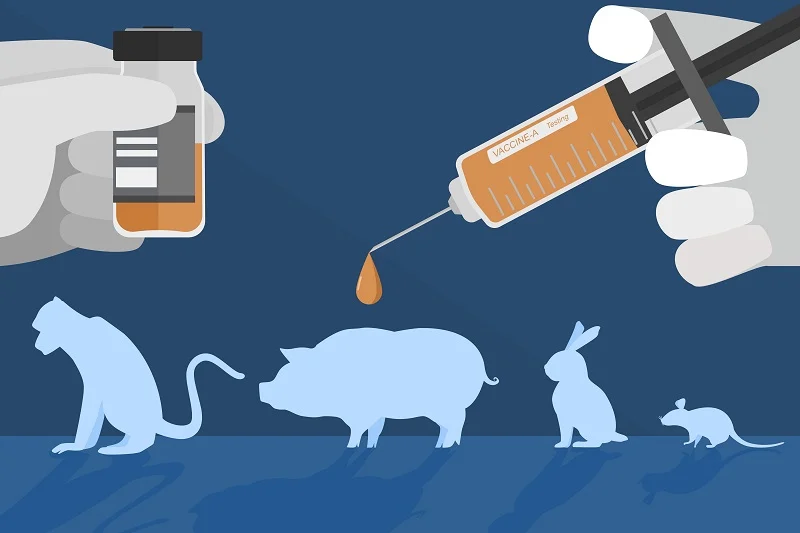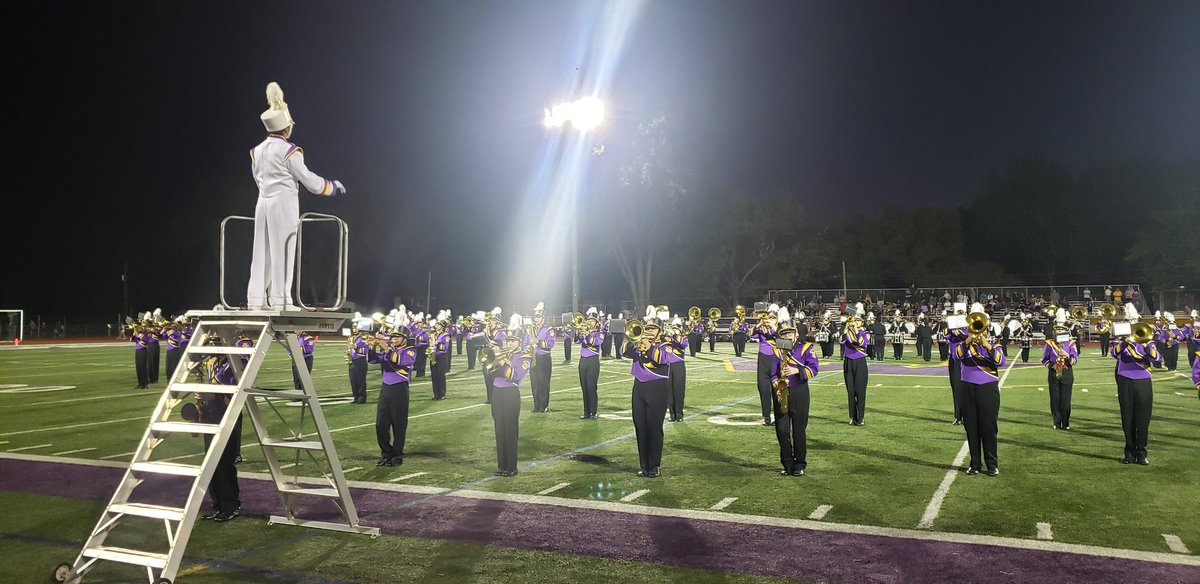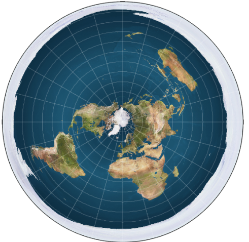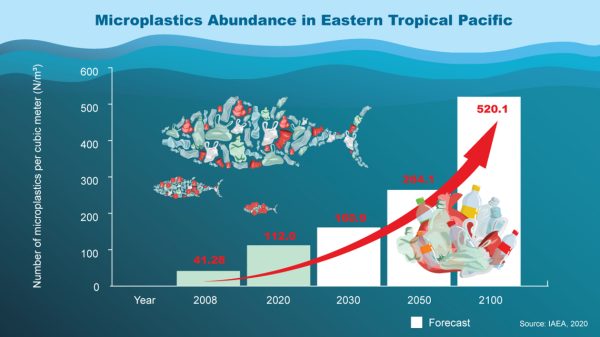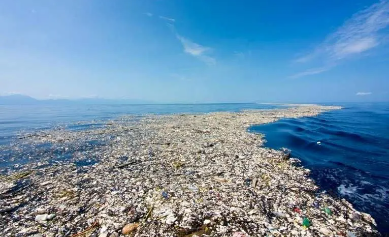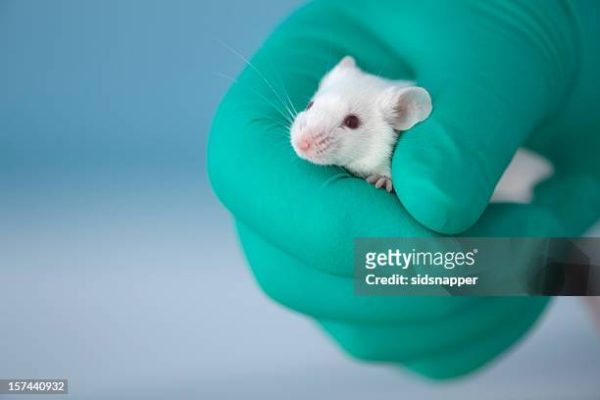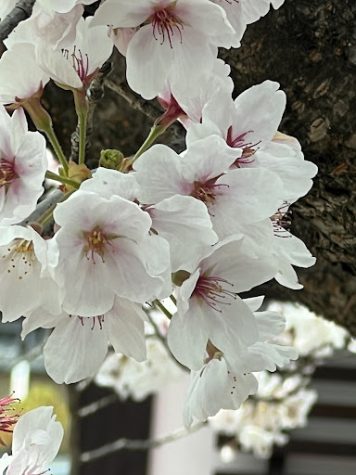Meagan Schwartz: One Of Few Experts on Ribbon Worms

https://www.washington.edu/storycentral/story/worm-tale/uwtnews-meganschwartz-storyimage4/
There are so many fields of science and so many more sub-fields. What’s it like to be an expert in a niche field? Meagan Schwartz is a zoologist and marine biologist who specializes in the study of invertebrates, more specifically ribbon worms. In this interview, I learned about her experiences, career, and what it’s like to be a woman working in a niche field of science.
You don’t just decide to specialize in ribbon worms, so what lead Meagan to her career? When asked she said that, “In high school I was really into science … I had a good bio teacher and I really loved learning about evolution”. One day her teacher took the class to the Feild Museum in Chicago and the teacher had everyone pick a bone and draw it and explain why they’re different. Meagan chose the femur and when she got to the whale and couldn’t find the femur at first but when she did she thought “Oh, evolution is pretty cool”. A professor in college recommended she take invertebrate zoology at a marine lab over the summer. After her experience at the marine lab, she was “flabbergasted by how many different ways there were to be an animal”. In the end, she began studying ringworms after getting a Ph.D. on them at the Smithsonian.
While being an expert on ringworms Meagan also teaches at the University of Washington’s Tacoma campus. Tacoma is a campus for non-traditional and local students. She says that “you can get an amazing education from a community college or one of these side schools”. She says that smaller schools can be more helpful because unlike at big-name schools where professors are always doing research, professors at smaller schools have more time to just teach. Most of her work is teaching but she does a lot of undergraduate research. She mainly works with second, third, and fourth-year students. She takes her students out into the field and they go look for worms and other creatures.
When school is out of session in the summer Meagan does her fieldwork. She says that “it’s been a good way to go all over the world”. This summer she will be working at a marine lab in Washington state; however, she has also traveled all over, from Antarctica to Panama. Since she studies animals she spends a lot of time drawing the animals she finds. She says that “the best way to learn anatomy is to sit and draw it”. She enjoys being able to observe and illustrate the creatures she and her students find.
Meagan has been all over the world and has seen the good and the bad of working in the field. She says that while the field used to be very male-dominated there are more “women and more people with families”. Being in graduate school the expectation for those working in the field was that you needed to always be working. According to Meagan “It’s finally changing, so more people with families and with lives … outside of academia has started to be more normal”. However, there is still issues with the field being male-dominated, “being on a boat in Antarctica for a couple of months, being one of just a couple women, that was really challenging”. She notes that the National Science Foundation has thankfully “tightened up their policies on sexual harassment”. “Fieldwork, traditionally, has been really hard on women in science” She mentioned a paper she read that stated “70 percent of women who go out into the field are harassed at some point” and said it sounds right from her experience. On the other hand, she said that going out to Antarctica and doing a troll, dragging a net across the floor of a body of water, “[brings] up animals that nobody’s ever seen before, it’s actually amazing”.
Outside of fieldwork, Meagan says that the hardest part of her job is finding funding for her students. This is because “it’s competitive, so there’s not a lot of money to study worms and biodiversity”. This is because the National Science Foundation, the main scientific funding source in the U.S. does broad funding so it’s hard to get funding for a niche science like ringworms. To make sure her students have money Meagan uses money from smaller grants from other colleges and universities. She says “It’s competitive, but one of the most rewarding parts is working with the students because they usually want to do research”.
Despite being a woman in a male-dominated field Meagan Schwartz has stuck to her career and continues to support others who want to go into science.
Your donation will support the student journalists of Wauconda High School. Your contribution will allow us to purchase equipment and cover our annual website hosting costs.
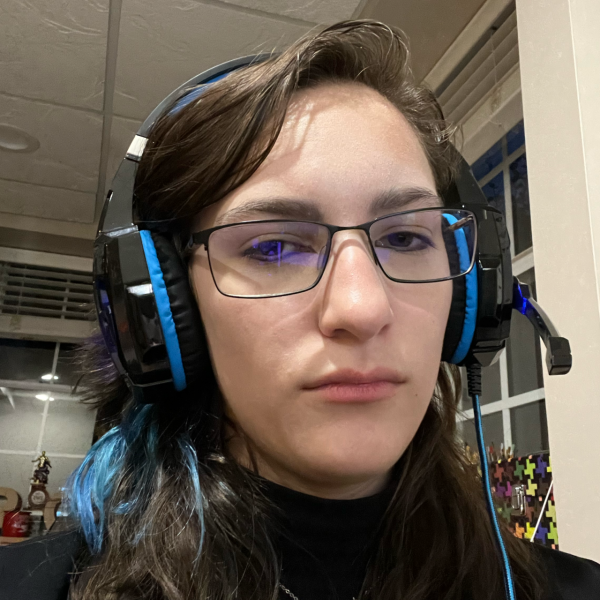
Eein is a sophomore at Wauconda High School who will be covering fine arts and theatre. He is a part of the schools theatre department along side the newspaper.





